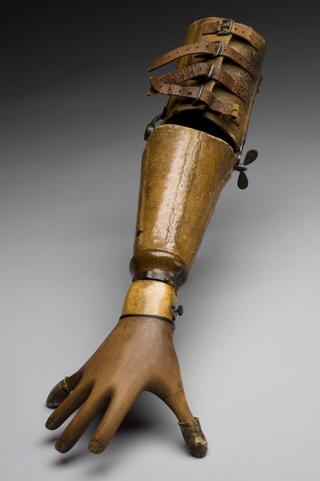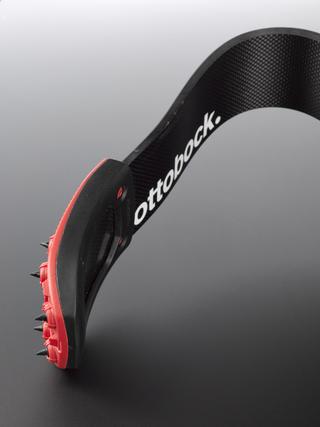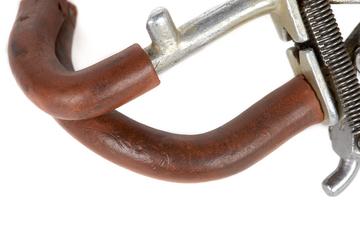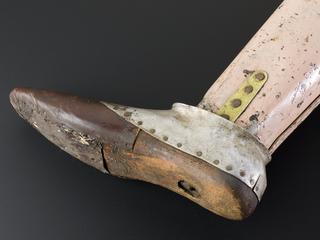
Invalid carriage, London, England, 1946-1955
- maker:
- Carters (J & A) Limited




Invalid carriage, electric model 44, by Carters (J. & A.) Ltd., registration number KDD 78, c. 1950, Great Portland Street, London, England
Small, electrical powered invalid carriages were increasingly common from the 1920s. This is a typical example. It was made by Carters of London. It is three-wheeled and steered via a lever attached to the front wheel. The motor at the rear did not generate much speed. However, much like today’s mobility scooters, the carriage was quicker and more convenient than being pushed by another person. Invalid carriages represented a step forward in giving greater independence to people with disabilities, although at this stage, they were limited to those who could afford them.
Details
- Category:
- Orthopaedics
- Object Number:
- 1983-193
- Materials:
- hood, leather, bodywork, steel and tyres, rubber
- Measurements:
-
overall: 1540 mm x 890 mm x 2185 mm,
- type:
- invalid carriage
- credit:
- D.H.S.S. (Russell Sq.)




